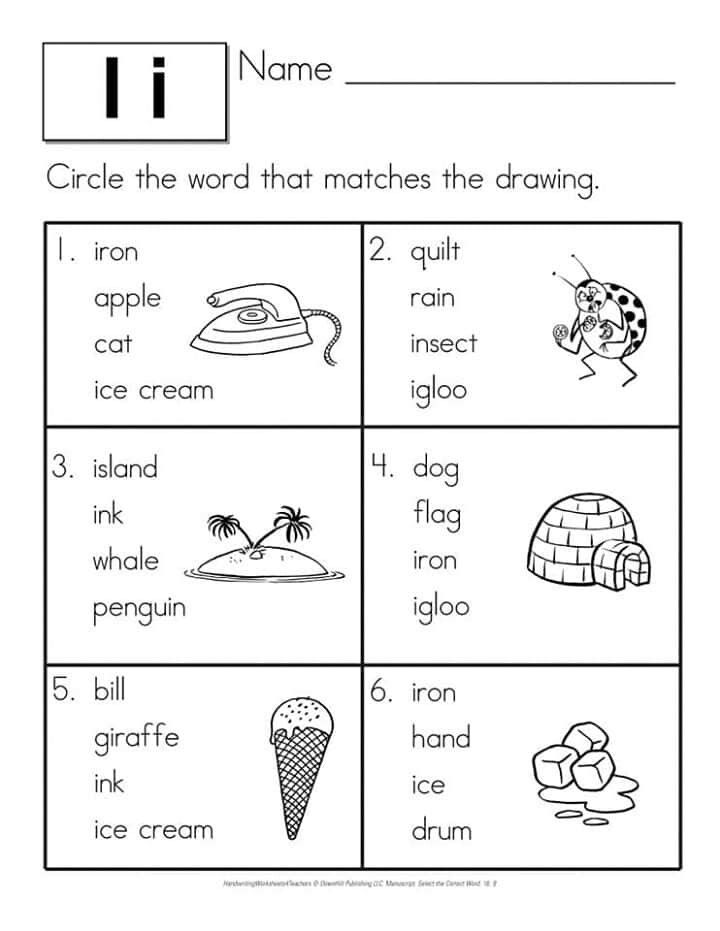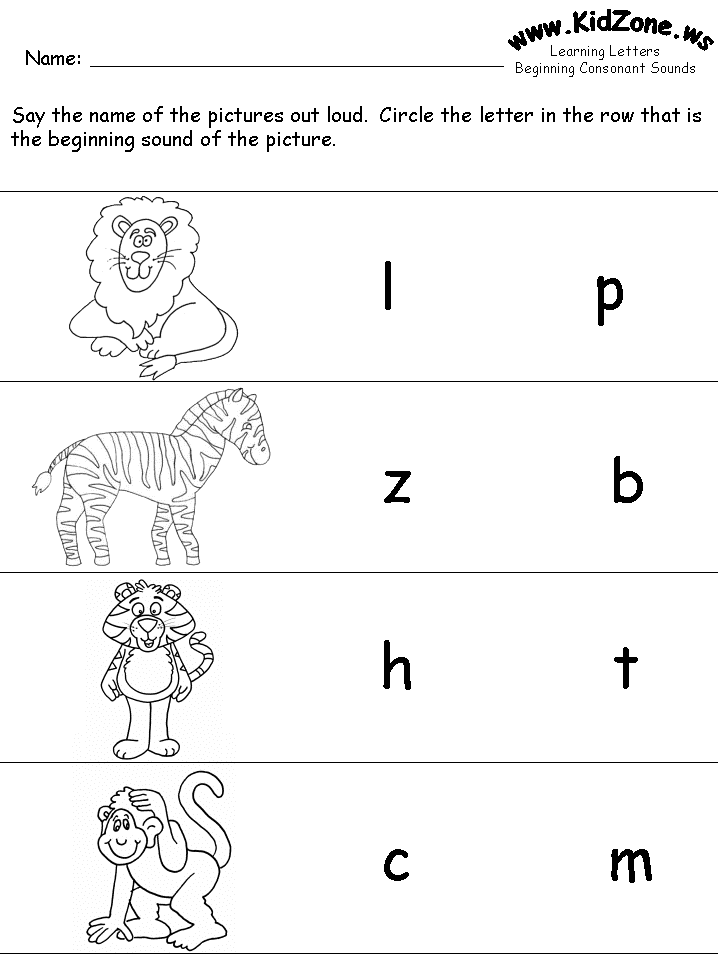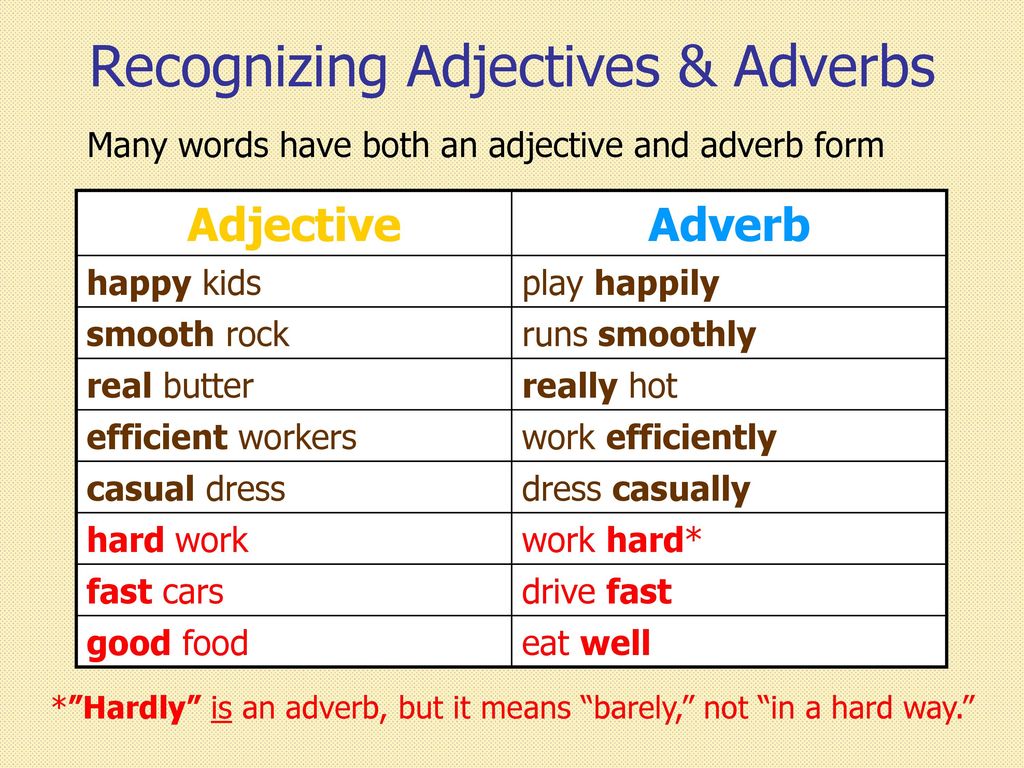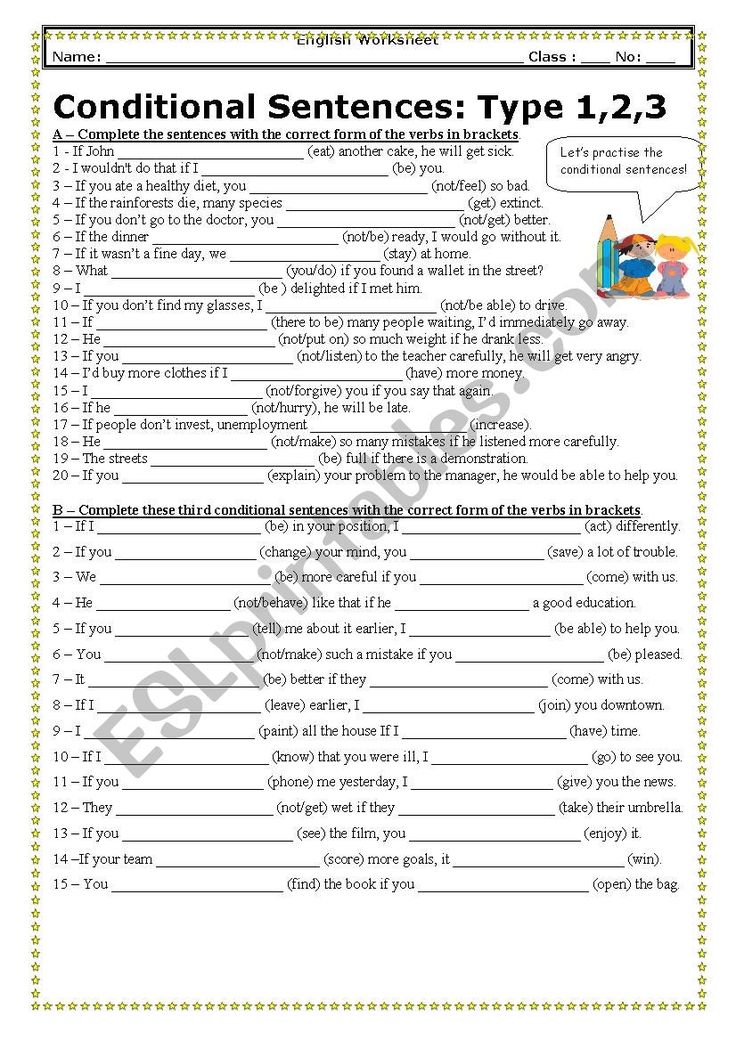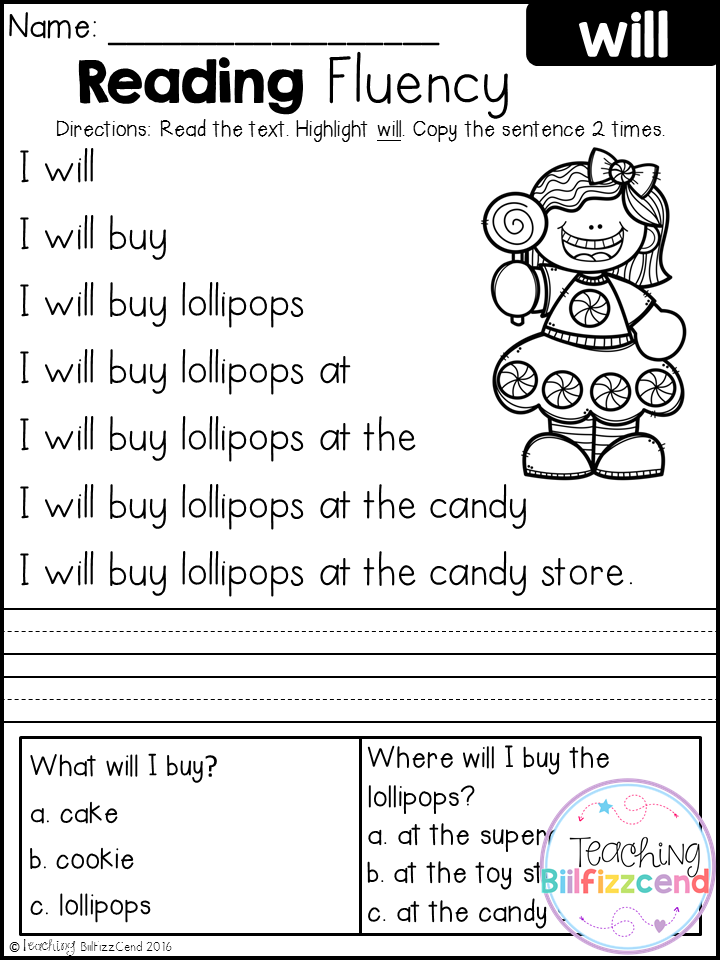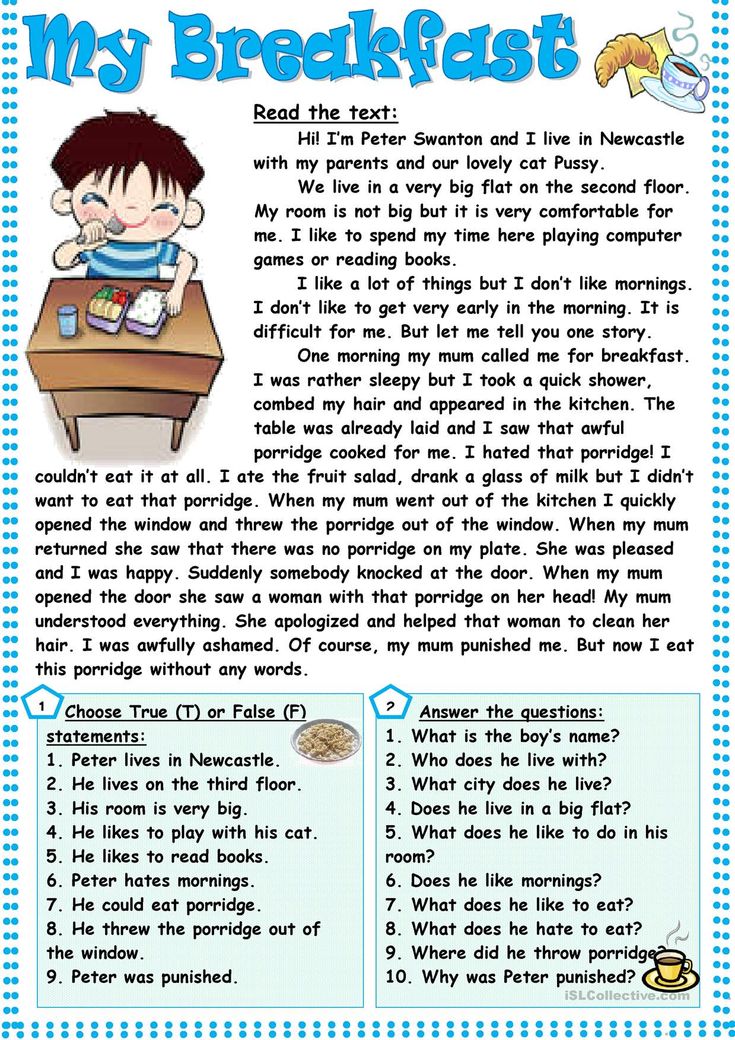Emergent reading activity
11 Activities for Emergent Readers to Practice Fluency
While activities for emergent readers to practice fluency can look slightly different, the basic concepts are the same – helping students to lessen their focus on decoding words so that they can comprehend the meaning of the text and make connections, all while adding phrasing/appropriate pauses to their reading so it sounds like talking. Not too much to ask of a 4-7-year-old, right?
There are so many simultaneous actions taking place while reading that students need to coordinate, sometimes I wonder how any child actually learns to do it effectively! With the importance of the fluency-comprehension connection, the team at ETTC wanted to share some of our favorite activities for emergent readers to practice fluency! # 1 is my favorite!
1. Read Alouds
Yes! A million times YES! Read alouds. Daily. It seems more and more that time for this is being systematically stripped away (I know it was in my district). Shh, don’t tell, but I may have just shut my door and stolen time from other content areas purely because this is SO IMPORTANT.
Students need to hear fluent readers reading. I recently read an article on Reading Rockets, ‘Reading with Your Child by Bernice Cullinan and Brod Bagert,’ that perfectly sums up why I was willing to break the rules for the sake of the read aloud: “When the rhythm and melody of language become a part of a child’s life, learning to read will be as natural as learning to walk and talk.” Not only is this a beautiful sentiment – it holds true. Let them hear you reading aloud to help them internalize the ‘rhythm and melody of language.’
Plus, there are SO many amazing children’s books out there that I wanted to share with my students and this gave me the perfect opportunity to do so (and help them learn to love to read for the pure sake of reading, imagining, and enjoyment).🧡
2. Listen to Reading
Uh, wait. Isn’t this the same as #1? Well, for those of you who can’t squeeze in the read-aloud, you have the option of using a reading center during your instruction (I always had this as a center while I was teaching small groups).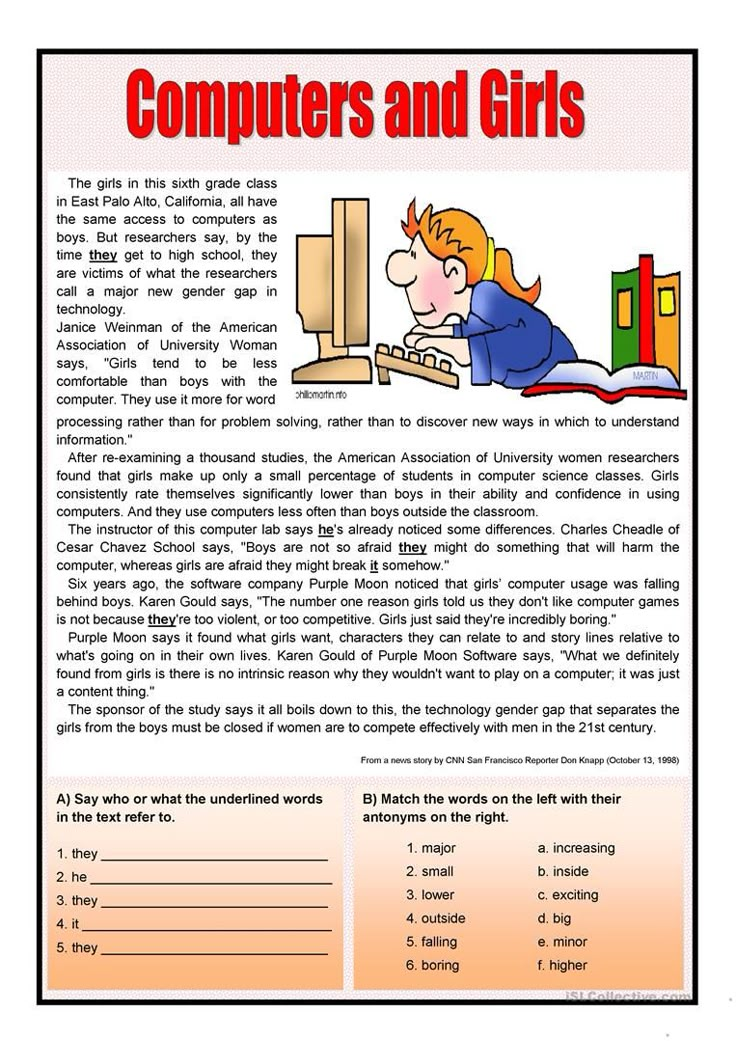 There are so many options today and yes – I even had a cassette player in my room – which I still used! I also recorded myself and burned my own listen to reading CDs if I wasn’t able to purchase them from Scholastic as well as having a set of iPads the students could use to access Epic! and Storyline Online.
There are so many options today and yes – I even had a cassette player in my room – which I still used! I also recorded myself and burned my own listen to reading CDs if I wasn’t able to purchase them from Scholastic as well as having a set of iPads the students could use to access Epic! and Storyline Online.
Using the iPads, students could also use my sets of QR codes (cardstock with the book cover and a QR code that I laminated and put on a binder ring) to access a read-aloud on YouTube (with monitoring). The best listen to reading digital activities in my opinion have the words on the screen and as they are read, the words light up or are otherwise noted. Are you seeing the theme here? Listening to fluent readers is critical! This is also why I encourage families to read nightly – taking turns between adult and child reading.
3. Repeated Readings
You want to read that book, again?!? I can just hear the request for the same book we have been reading every night… Does it get old for us adults? Yep.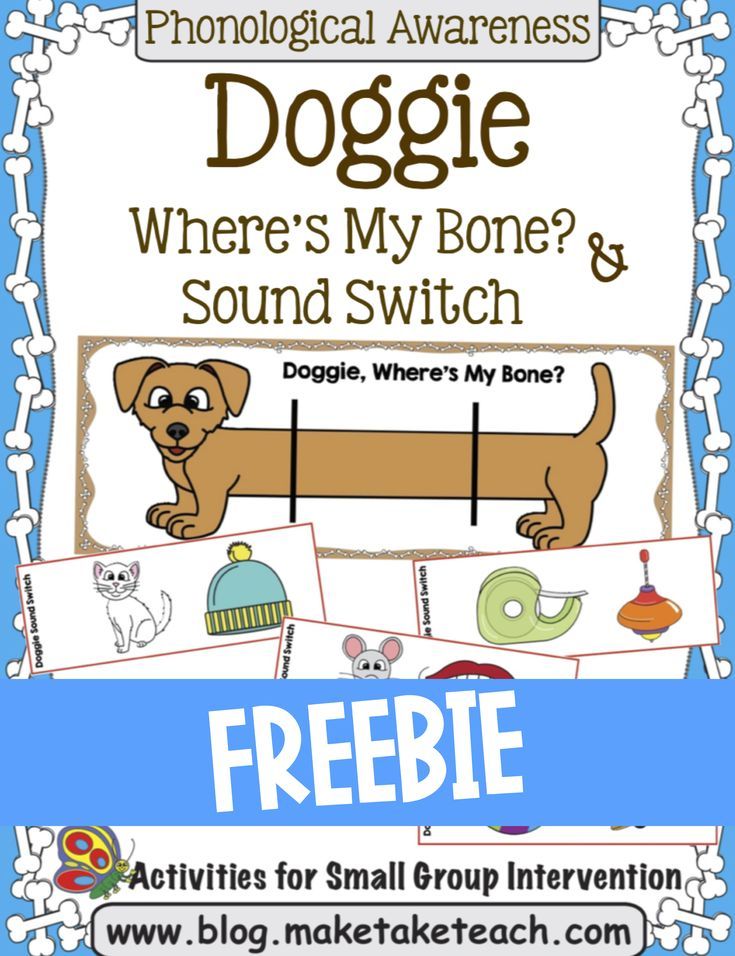 But it is golden for emergent readers. Whether with a bedtime story, guided reading books in a small group, or a shared reading text – repetition is key for fluency.
But it is golden for emergent readers. Whether with a bedtime story, guided reading books in a small group, or a shared reading text – repetition is key for fluency.
In my class, we used a shared reading book each week and by the second or third day, I generally had students venturing into choral reading with me. Not only was I providing for them a model of reading fluency, but through the repeated readings of the same text, they were able to focus less on the decoding and more on the fluency aspect (yes, some of this is memorization, but that’s OK!). Even the lowest readers who weren’t able to keep up with the choral reading option were able to hear fluent reading while following along with my pointing to each word as we read, participating as they were able.
In guided reading, the students read their book multiple times as well and they went into their ‘read to self’ book bags for a few weeks – helping ensure that this time was as impactful as possible. If you want something easy (for you) and printable, check out our Practically First Grade Reading Comprehension Passages and Questions for a huge bundle of 120 monthly themed fluency passages (1o/month).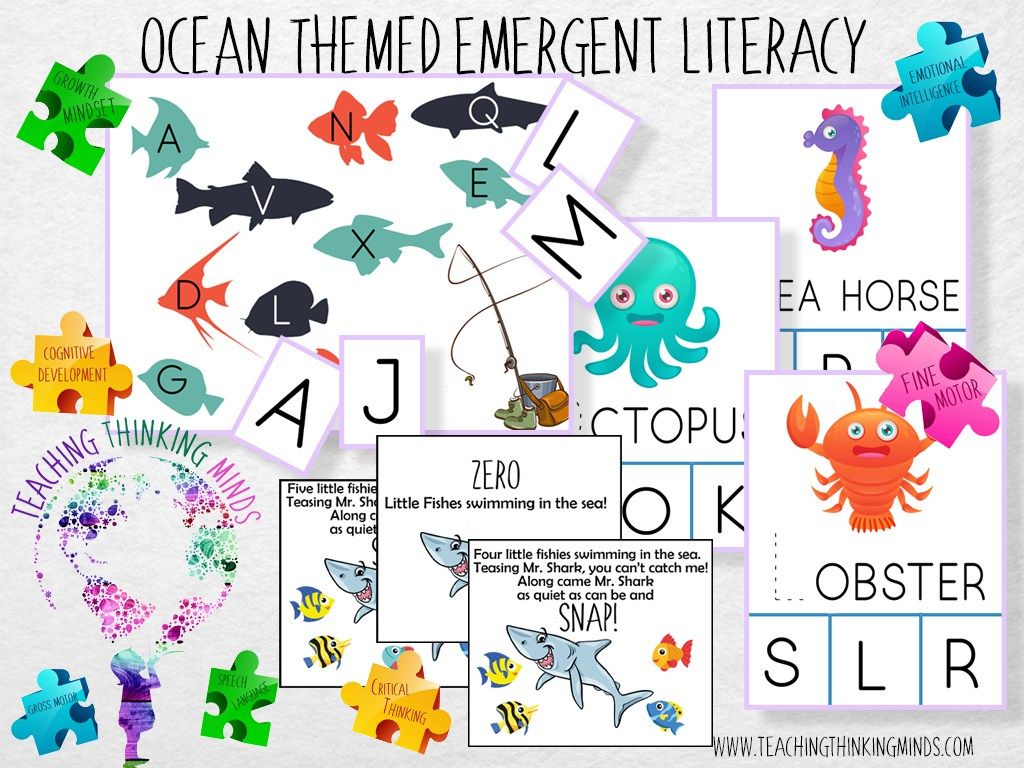
4. Reading Texts with Repetition
Early emergent readers benefit greatly from the repetition of text (think, “I see the ____.” and the only thing that changes on each page is the item they see, with picture clues). This frees up the student from getting bogged down in the decoding work of reading and allows them to focus on fluency (among other aspects). Our No Prep Monthly Mini-Books for the Year or Alphabet Foldable Booklets are perfect examples of these emergent reader texts (and the Alphabet Foldables even have three different levels of difficulty!) and students get to keep their own copy of the book!
5. Read to a Partner
There are lots of opinions out there about reading to a partner and fluency… I’m of the mindset that the more you read, the more fluent of a reader you become, so any reading is going to help. Students read their guided reading books to another first-grade student during this, but I also had them read to their big buddies from time to time, and vice versa (big buddies reading a picture book to my students, which they all adored doing!).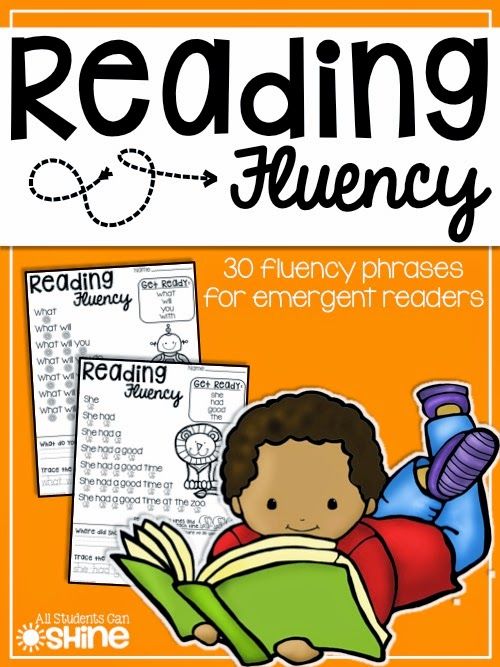
If you choose to do this, be cognizant of who you put together as partners (having an advanced reader and a struggling reader would not be a great pairing, for example) – this wasn’t a time when student choice for partners was an option in my class. We used it as an option while I was teaching small groups, but my teaching partner and I also used it as a reward for students – allowing them to earn time with the other first-grade class reading with partners. This should tell you a lot – the kids loved it!
6. Reader’s Theater
I include this as one of our activities for emergent readers to practice fluency with some caution. Preparing for a reader’s theater performance, particularly with struggling readers, takes significant time. If you don’t have the time to do so and put your students in front of the class to read at less than fully prepared, this could be of significant negative impact on your students’ self-confidence.
However, if you have the time, this can be a thoroughly enjoyable activity for students, teachers, and even families (I always invited families, our principal, and other staff in to see the performance or recorded it to share later when I was able). Beware that not all students are comfortable with being in front of the class and don’t force them to do so if they aren’t ready to do so. Our Reader’s Theater Scripts are a great place to start if you want to implement this in your classroom.
Beware that not all students are comfortable with being in front of the class and don’t force them to do so if they aren’t ready to do so. Our Reader’s Theater Scripts are a great place to start if you want to implement this in your classroom.
The goal of this activity is for students to read with accuracy and fluency to assemble the word strips to the pictures to make a story (five strips/pictures with sentences of varying length and number on each strip). After they’ve assembled the puzzle, they can re-read the story and then draw and write about the story they puzzled together, writing in their own words what the story was about at the end. My students love puzzles so this one is a huge hit! This is part of our November Centers Bundle, but you can get it separately.
8. Poetry
My teaching partner loved teaching poetry…but me? Not so much. She did, however, convince me to implement a weekly poetry activity, which worked wonders for my students’ fluency! I would select a seasonal poem for each week and we would do different activities (phonics, sight words, visualizing, etc. ) with the poem, but the key was reading the poem each day while either a student or I would point to each word of the poem as we did a choral reading of the poem.
) with the poem, but the key was reading the poem each day while either a student or I would point to each word of the poem as we did a choral reading of the poem.
Once I discovered our NO PREP Phonics Poems (available in paper or digital), I immediately made the switch. If you know me, you know I love *organization* (the streamlined look and organization of these were key!) and *multipurpose activities* (not only do students get fluency practice with these poems, they also get phonics practice, I can check comprehension with the addition of the comprehension questions for each poem, and they learn about some of the elements of poetry! I call that a win-win!
9. Fluency Phones
These simple tools can make all the difference in the world when you’re sitting at a guided reading table with four or five students reading out loud, simultaneously. You can get them here or make your own using this DIY tutorial from Make, Take & Teach with PVC pipe. They help students to focus on their own reading and truly hear what they sound like as a reader.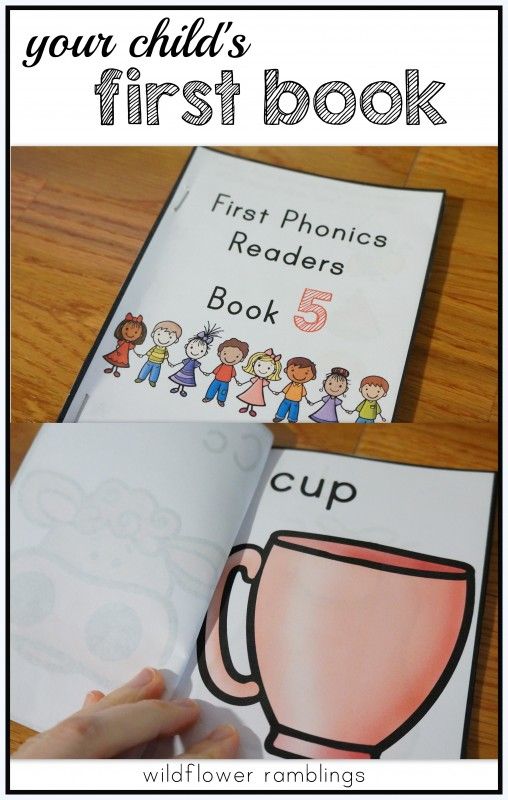 The prompt of, ‘Make your reading sound like talking,’ works so much better when they can actually hear themselves reading!
The prompt of, ‘Make your reading sound like talking,’ works so much better when they can actually hear themselves reading!
10. Tracking Tools
Sometimes, focus can be an issue for students (even for some of those students who you wouldn’t peg as someone having trouble focusing). Early on, pointing to each word is beneficial for multiple reasons. For this, use fun, engaging pointers that you mix up so they’re not always the same (witch fingers, magic wands AKA swizzle sticks, and googly eyes were always fun). Eventually though, pointing to each word becomes a hindrance to fluency. When this time comes, I love using these highlight strips which help students focus on one line of text at a time (perfect for when there are more and more lines per page). The added bonus of this is that often, guided reading books come with phrased sections per line!
11. Sentence Pyramids
Sentence pyramids are a great way to mix up your fluency work and can be as simple or as complex as you desire, depending on your student(s).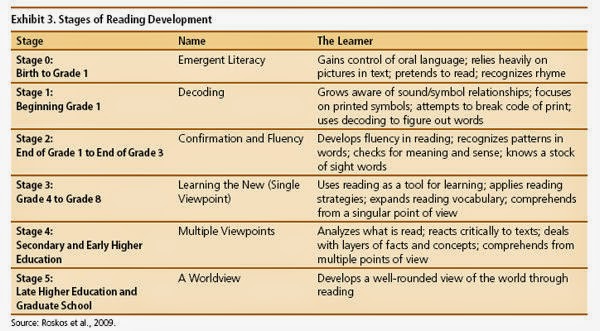 The idea is simple – start with only the first word of a sentence on the first line. On the second line, put the first and second words. Continue adding a word to each line until you complete your sentence.
The idea is simple – start with only the first word of a sentence on the first line. On the second line, put the first and second words. Continue adding a word to each line until you complete your sentence.
This gives students a chance to practice reading each word and gain comfort with it, then re-read the entire sentence thus far before adding on a new word. You can make them silly or content-related, seasonal or tongue twisters – the possibilities are endless. Check out our Sentence Pyramid Fluency Center (part of our July Centers Bundle, but you can get it separately) if you want a print-and-go option.
To improve your students’ fluency, you’ve got to have a strong phonics/word study program and work with sight words that help them to build the foundation of reading skills, allowing them the freedom to focus on the meaning of the words and not get stuck in the decoding. Beyond that, I hope some of these activities for emergent readers to practice fluency help you in your classroom. What other activities for emergent readers to practice fluency do you use and love? Share with us below!👇🏼
What other activities for emergent readers to practice fluency do you use and love? Share with us below!👇🏼
Written by: Kristin Halverson
At Education to the Core, we exist to help our teachers build a stronger classroom as they connect with our community to find trusted, state-of-the-art resources designed by teachers for teachers. We aspire to be the world’s leading & most trusted community for educational resources for teachers. We improve the lives of every teacher and learner with the most comprehensive, reliable, and inclusive educational resources.
If you enjoyed what we have to offer at ETTC, be sure to join our email list, so you won’t miss a beat. We are here to help with all your resource needs. Become a Premium Member of Education to the Core and receive immediate access to thousands of printable activities. For one small monthly or annual fee, everything ETTC can be at your fingertips all of the time.
Comments
comments
Emergent Literacy Activities
This post may contain affiliate links.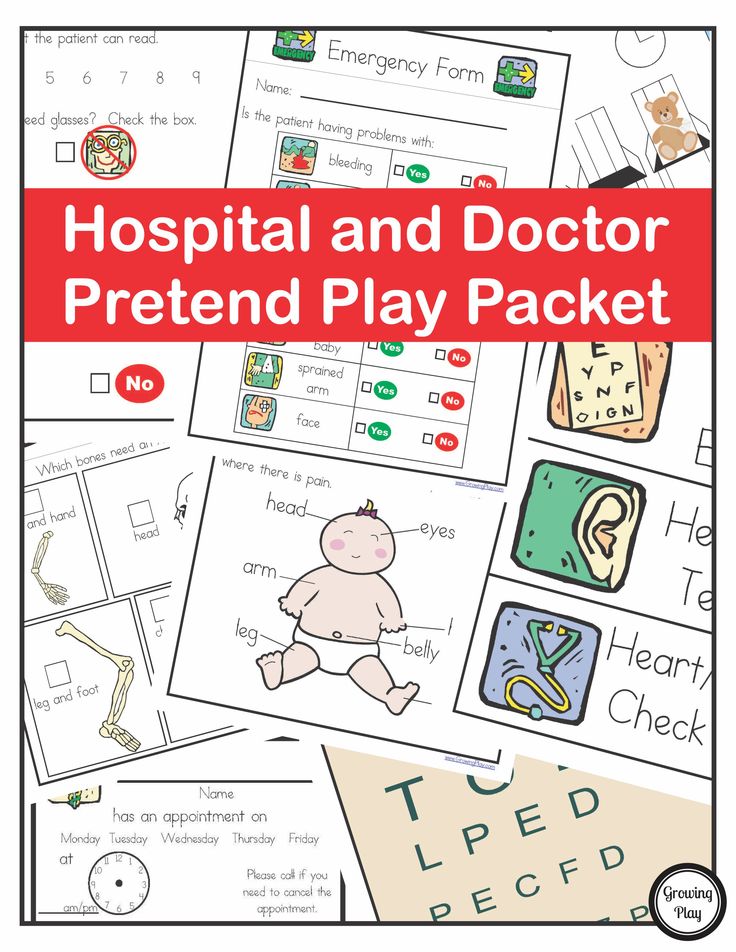 See Disclosure for more information.
See Disclosure for more information.
Emergent literacy is the term used to describe the reading and writing experiences of young children before they learn to write and read conventionally. Playing with letters and words, listening to stories, and exploring books are all ways to boost literacy in early learners. Here are seven fun and effective emergent literacy to use in the preschool classroom.
1. Oral Language: Chip Clip Poems
A great way to develop oral language and comprehension is by singing and playing rhyming games. Chip Clip Poems are a fun way to practice those skills (with bonus skills of counting, numbers, addition, and subtraction!). When oral language is presented in a natural, playful way through songs and fingerplays, the concept is both fun and appropriate for preschool students.
2. Rhyming: Puzzle Pieces
Rhyming is an essential pre-reading skill in English. Research shows that children that can rhyme read much more quickly and easily. Conversely, research shows that one of the red flags for reading disabilities is the inability to rhyme early on. Students need lots of experience with and exposure to rhymes – in books, songs, games, and more. Puzzles are a great way to start practicing rhyming because not only do the words rhyme, but the shapes match up and help those that are still learning.
Conversely, research shows that one of the red flags for reading disabilities is the inability to rhyme early on. Students need lots of experience with and exposure to rhymes – in books, songs, games, and more. Puzzles are a great way to start practicing rhyming because not only do the words rhyme, but the shapes match up and help those that are still learning.
Phonemes refer to individual sounds that make up words. The most important words to start with in preschool are the student names. Names are a springboard for all literacy learning. When presented in a song, students hear the sounds of their name and begin to recognize their name in print.
4. Sentences: Word Replacement
Young students are just beginning to understand the difference between letters, words, and sentences. Doing word replacement activities helps them segment spoken sentences into a series of individual words.
“Jack and Jill went up the hill to fetch a pail of carrots.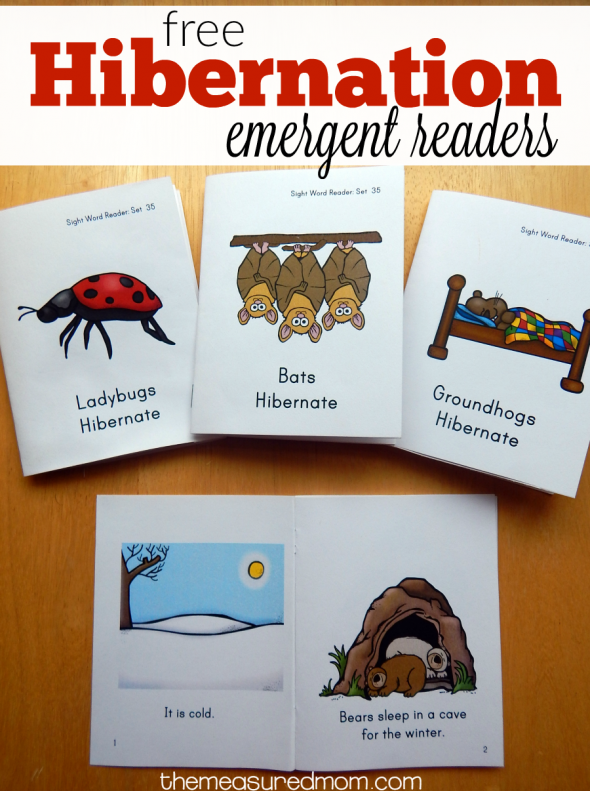 ”
”5. Syllables Sorting
Research has proven that the speed with which a child learns to read correlates to how much phonological awareness they receive before and during formal reading instruction. Syllable splitting skills progress toward the end of the phonological awareness spectrum. Clapping hands to segmented words is a great way to practice recognizing syllables.
6. Concepts of Print: Pocket Chart Activity
Developing Concept of Word is the #1 watershed event for emergent readers that leads them right into becoming beginning readers! The goal is to have students point to each word as they read with one-to-one matching. It is important to remember the main focus is not to have the students sound out or spell the words. If the emergent reader stumbles on a word, tell them the word and encourage them to move on.
7. Alphabet Knowledge: Peek-A-Boo Game
Preschool children need LOTS of exposure to letters in order to master the alphabet. As the alphabet is made up of similar lines and curves, students must be able to discriminate from one letter to the next visually.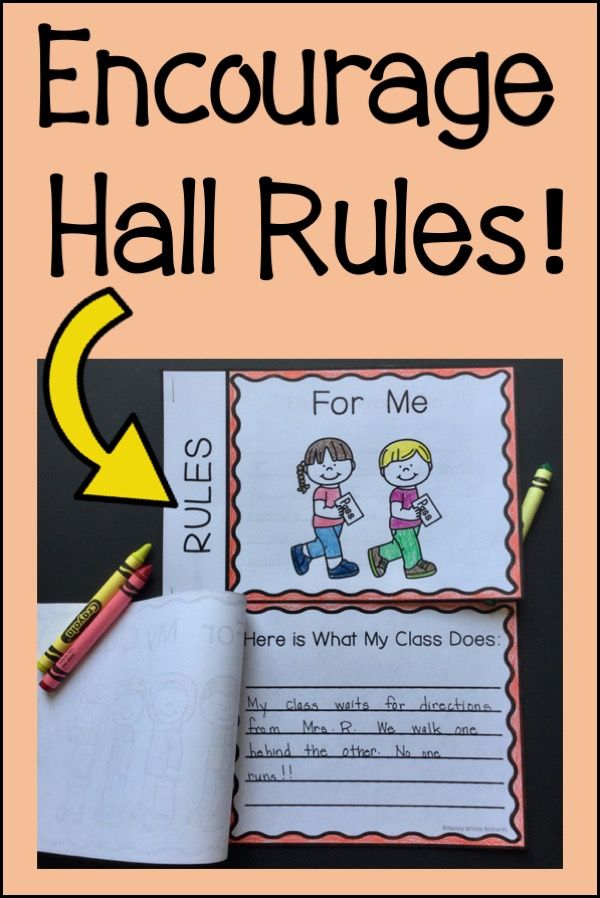 Peek-A-Boo games like this one encourage students to focus on those lines and curves and their placement to guess the letter.
Peek-A-Boo games like this one encourage students to focus on those lines and curves and their placement to guess the letter.
More Resources on Emergent Literacy
- Some fascinating research on Emergent Literacy from Save the Children – long but definitely worth a read!
- Information about Emergent Literacy for students with special needs from the American Speech-Language-Hearing Association.
Print all 7 activities pictured above in this handy eBook:
Are you a teacher?
FREE Emergent Literacy eBook
Download your free Emergent Literacy eBook!
After you subscribe, you will be redirected to the FREE eBook. We respect your privacy. Unsubscribe at any time.
Filed Under: Learn to Read, Literacy
You May Also Enjoy These Posts
Binoculars Craft for Preschoolers
12 Fun Preschool Painting Ideas: Exploring Different “Brushes”
Reader Interactions
Testable Reading Literacy Activities
Reading activities are the most important, measurable components of reading activity - those tasks and methods of solving them that the reader uses in order to pave his own way through the text and between texts.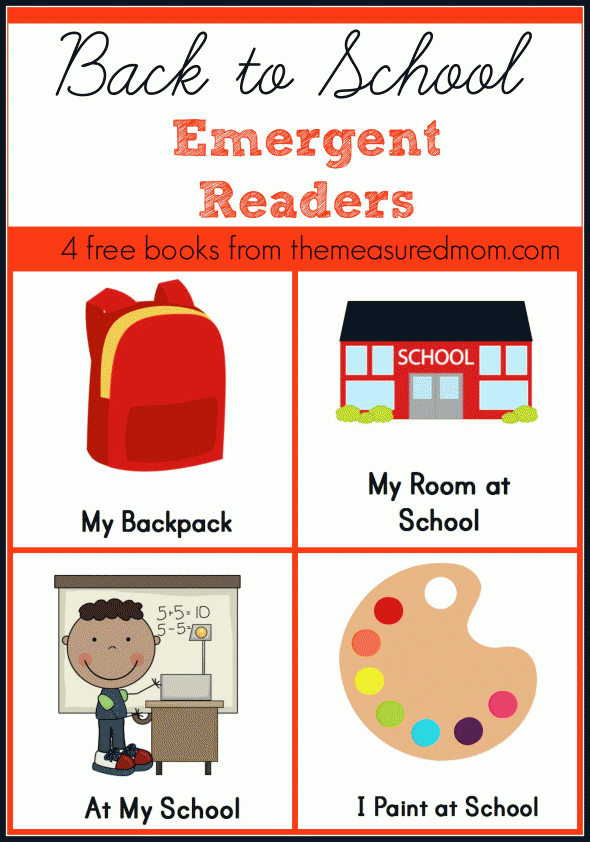
Reading activities related to finding and extracting information from text .
Searching for information is the process of determining where the information is found. Some test questions only require an indication of where the requested information can be found. To a greater extent, this applies to printed text, all parts of which the reader can see directly. When searching for information in printed text, the reader can focus on subheadings and thus determine the part of the text that contains the desired message. When searching for information in an electronic text, the reader often has to turn to hyperlinks. The difficulty of finding information is determined by the number of pages that need to be viewed to determine the right place in the text, the volume of the message, and whether the question contains an indirect indication of the possible location of the information being sought. To find one or more pieces of information in the text, you need to skim through (scan) the entire text and select that part of it (for example, a page in continuous text, a table or a list) where the information you are looking for is contained.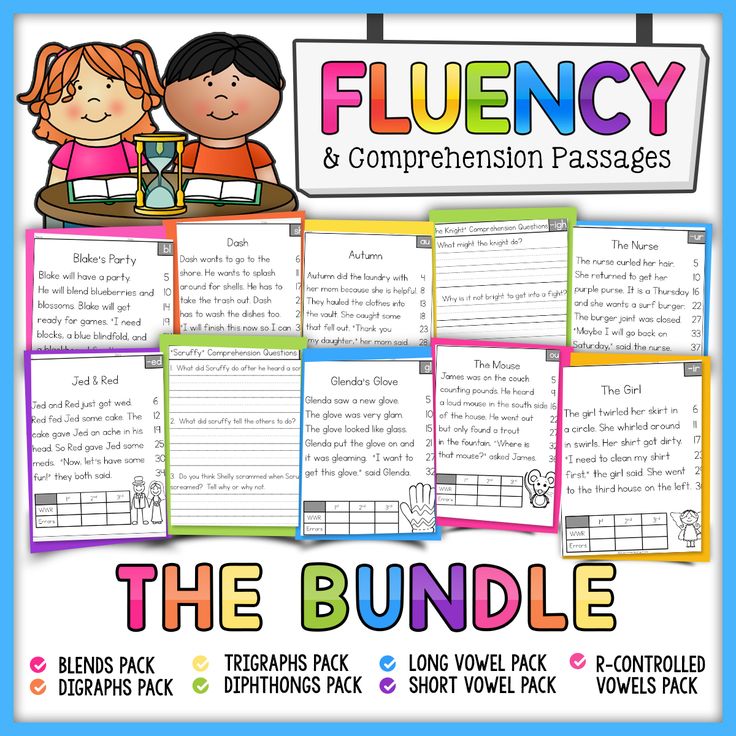 Most often, the information you are looking for is in one part of the text, sometimes it takes several sentences, or several cells of a table, or several lines of a list.
Most often, the information you are looking for is in one part of the text, sometimes it takes several sentences, or several cells of a table, or several lines of a list.
Information retrieval is the process of selecting and presenting the specific information requested in a question. When answering test questions that require extracting information, students must link the essential details of the question (the desired property of the object, the time, place or circumstances of the action) and the relevant details of the text. Sometimes this connection is direct, literal - by matching keywords, sometimes indirect - synonymous. The required information, requested in the questions of this group of reader actions, is always contained in the text in a fairly explicit form. The wording of the question also explicitly states what (what information) is required to be found. Information extraction questions can have varying degrees of certainty. An example of an extremely specific question: determine from the text or from the table at what time or in what place something happens.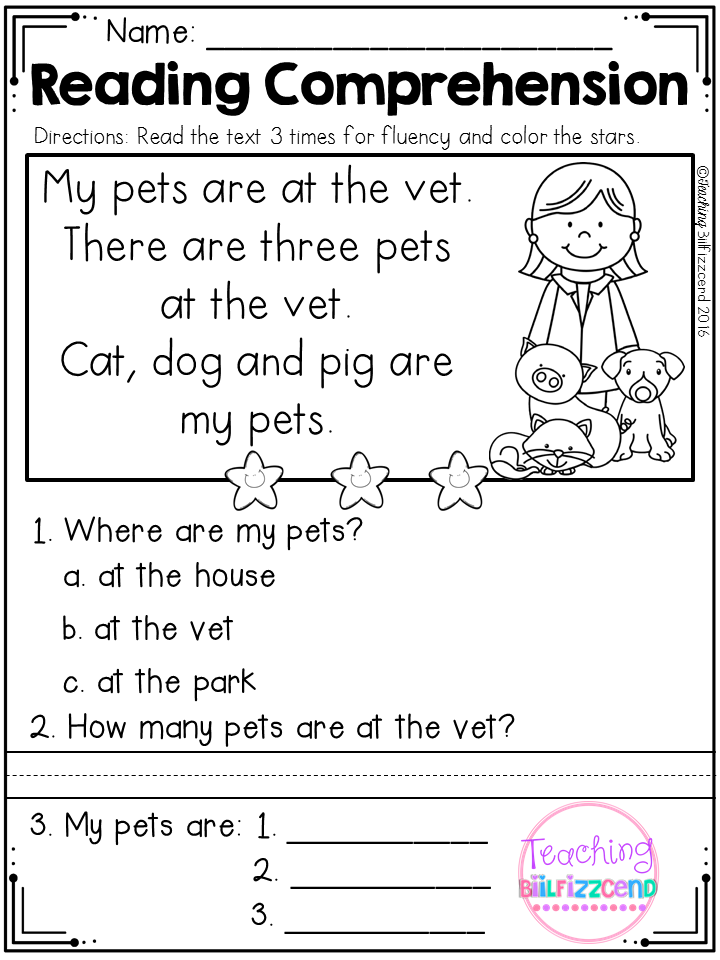 We emphasize once again that the text or table contains this information explicitly. More difficult will be questions, the answer to which is contained in the text in a synonymous form. Finding such information requires categorization skills. For example, two concepts must be attributed to a common category or, on the contrary, to distinguish between two similar concepts belonging to different categories. Different levels of reading proficiency can be measured by systematically varying the elements of a question that determine its difficulty.
We emphasize once again that the text or table contains this information explicitly. More difficult will be questions, the answer to which is contained in the text in a synonymous form. Finding such information requires categorization skills. For example, two concepts must be attributed to a common category or, on the contrary, to distinguish between two similar concepts belonging to different categories. Different levels of reading proficiency can be measured by systematically varying the elements of a question that determine its difficulty.
Reader's activities related to the integration and interpretation of the text
To understand the inner meaning of the text, its individual messages must be connected with each other and interpreted. Interpretation or Interpretation involves extracting information from the text that is not directly reported. Sometimes this requires establishing a hidden connection, sometimes understanding the implied message, comprehending the subtext.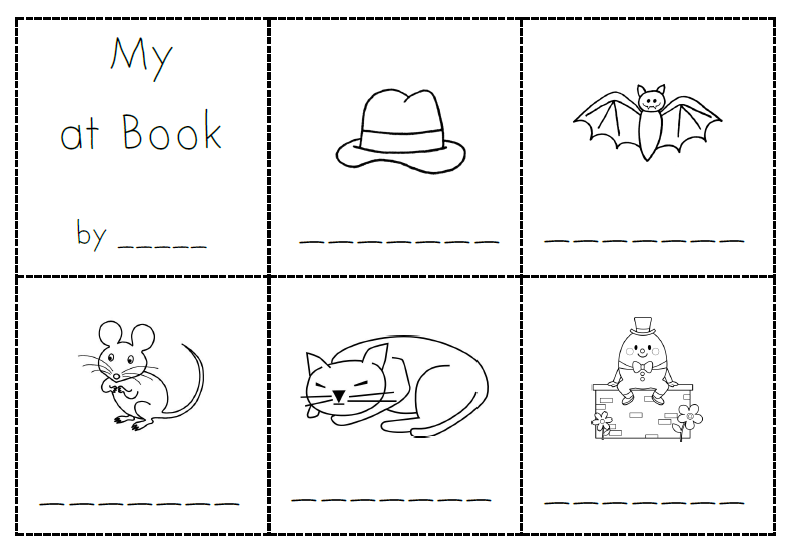 By interpreting the text, the reader makes explicit hidden assumptions or statements, both of the entire text and of any part of it. Interpretation is based on a number of mental actions. For example, in order to answer a question, students sometimes have to draw conclusions from the message of the text, distinguish between major and minor details, briefly formulate the main thoughts, or, based on what was said in the text, draw conclusions about the previous event.
By interpreting the text, the reader makes explicit hidden assumptions or statements, both of the entire text and of any part of it. Interpretation is based on a number of mental actions. For example, in order to answer a question, students sometimes have to draw conclusions from the message of the text, distinguish between major and minor details, briefly formulate the main thoughts, or, based on what was said in the text, draw conclusions about the previous event.
Integration or linking individual text messages into a single whole indicates that the reader understands what connects elements of the text - from separate sentences or paragraphs to parts of compound (multiple) texts. In each case, linking units of information means determining their common role in the text, for example, showing similarities or differences, discovering causal relationships, etc. Both the linking of individual messages of the text and their interpretation are necessary in order to build a common, holistic understanding of the text.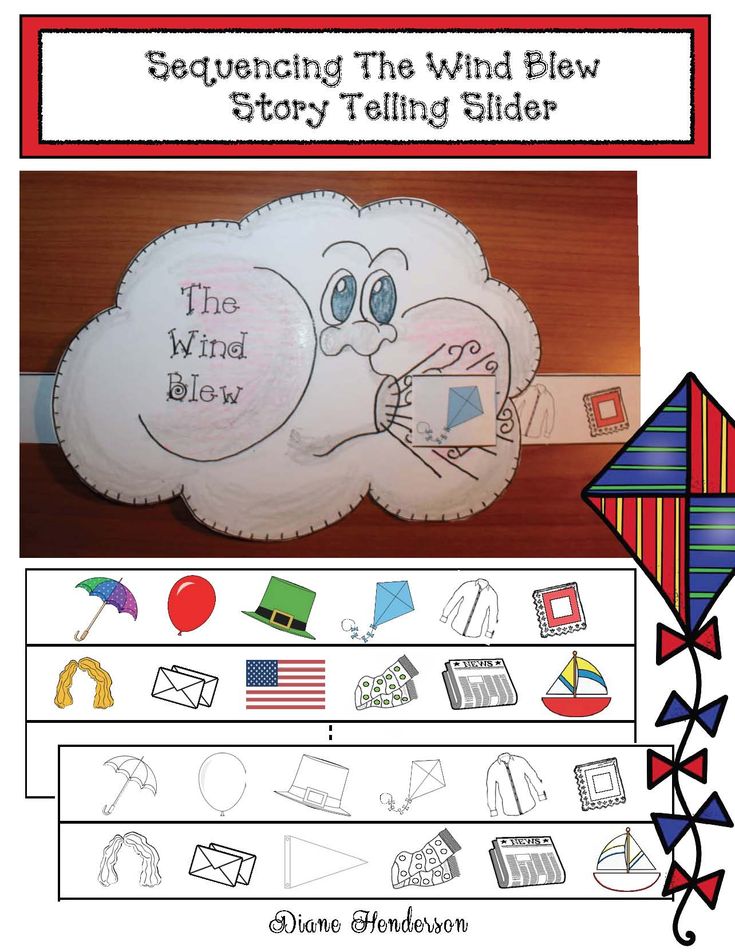 Students can demonstrate an initial understanding of the integrity of a text by naming its main theme or primary purpose. Determining the main idea involves establishing a hierarchy of thoughts expressed in the text, shows whether the reader can separate the main from the secondary or recognize the main idea in a certain statement or title of the text. Examples of questions for linking and interpreting text: students are asked to come up with a title or write an introduction to the text, explain the procedure in a simple instruction, restore the names of the axes on the graph or columns in the table, characterize the hero of the story, or explain the purpose of the map or picture. Some questions focus the reader on a specific part of the text, others address the entire text.
Students can demonstrate an initial understanding of the integrity of a text by naming its main theme or primary purpose. Determining the main idea involves establishing a hierarchy of thoughts expressed in the text, shows whether the reader can separate the main from the secondary or recognize the main idea in a certain statement or title of the text. Examples of questions for linking and interpreting text: students are asked to come up with a title or write an introduction to the text, explain the procedure in a simple instruction, restore the names of the axes on the graph or columns in the table, characterize the hero of the story, or explain the purpose of the map or picture. Some questions focus the reader on a specific part of the text, others address the entire text.
In the process of reading, a close two-way relationship is established between linking and interpreting information. Linking units of information into a meaningful whole is always preceded by the act of interpreting the meaning of each of the connected units.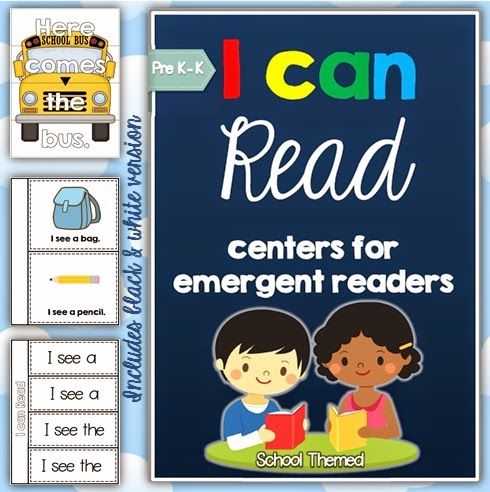 Combining units of text into a whole initiates a new act of interpretation of this larger unit, which in turn awaits connection with other units of text. Only on the basis of the constant alternation of linking and interpreting the units of information contained in the text can the reader build a deeper, more complete and detailed understanding of what he has read. Questions that clarify the depth of understanding most often require logic - for example, to take into account the way information is organized in the text, to determine the intentions of the author, to understand the meaning of a word or episode that gives special shades to the general meaning of the text.
Combining units of text into a whole initiates a new act of interpretation of this larger unit, which in turn awaits connection with other units of text. Only on the basis of the constant alternation of linking and interpreting the units of information contained in the text can the reader build a deeper, more complete and detailed understanding of what he has read. Questions that clarify the depth of understanding most often require logic - for example, to take into account the way information is organized in the text, to determine the intentions of the author, to understand the meaning of a word or episode that gives special shades to the general meaning of the text.
Reader's actions related to comprehension and evaluation of the text
Comprehension and evaluation involve relying on knowledge, ideas and feelings known to the reader before reading the text. Reflection questions require the reader to draw on their own experience or knowledge in order to compare, contrast, and speculate.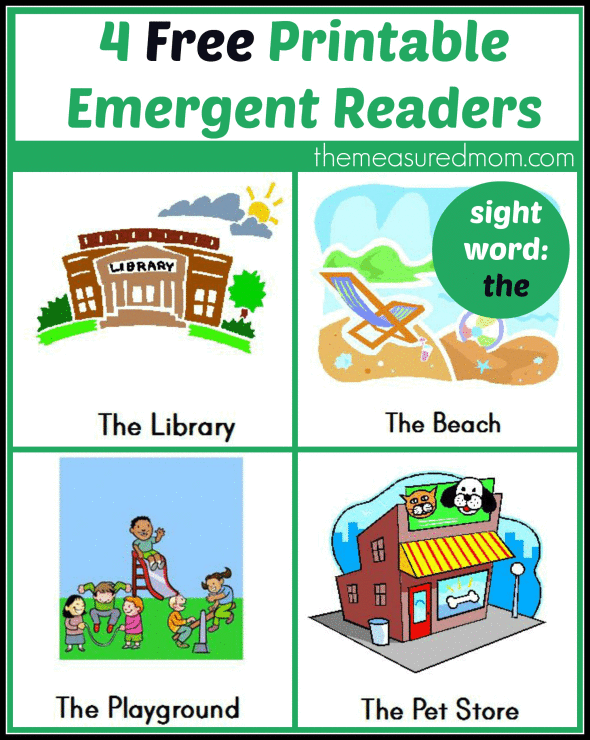 Evaluation questions invite the reader to make a judgment based on their personal norms and measures. To comprehend and evaluate the content of the text, the reader must link the information of the text with other extra-textual sources of information, for example, agree or disagree with the statement of the text. Often the reader is asked to express and justify his own point of view on the subject discussed in the text. To do this, the reader needs, firstly, to create his own interpretation of the text, and secondly, to correlate it with his own beliefs or knowledge gleaned from other texts. To cope with such work, the reader needs to have both general and special knowledge, as well as the ability to think abstractly.
Evaluation questions invite the reader to make a judgment based on their personal norms and measures. To comprehend and evaluate the content of the text, the reader must link the information of the text with other extra-textual sources of information, for example, agree or disagree with the statement of the text. Often the reader is asked to express and justify his own point of view on the subject discussed in the text. To do this, the reader needs, firstly, to create his own interpretation of the text, and secondly, to correlate it with his own beliefs or knowledge gleaned from other texts. To cope with such work, the reader needs to have both general and special knowledge, as well as the ability to think abstractly.
Examples of questions for understanding and evaluating the content of the text: confirm any statement of the text based on one's own experience or evaluate the statement of the text from the point of view of one's own moral or aesthetic ideas; Express your opinion on the quality of the evidence presented in the text.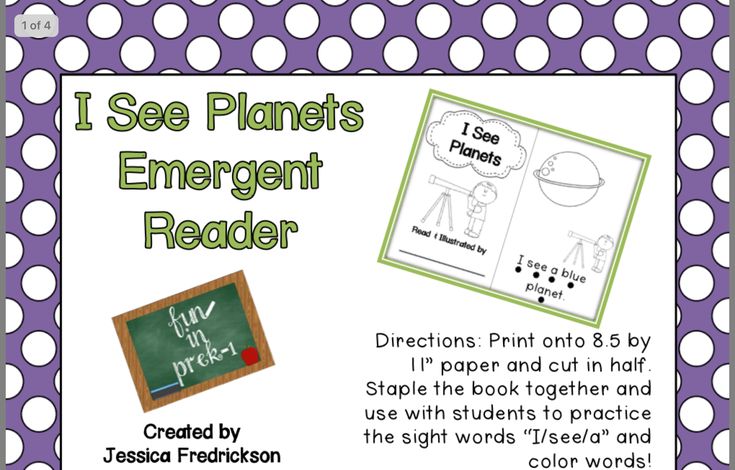 Out-of-text information may be contained explicitly in the wording of the question, but often the question does not contain additional information, but the reader himself, based on his own experience, understands the need to attract additional knowledge. To comprehend and evaluate the form of the text, the reader must look at the text from the outside, evaluate it objectively and comment on the form of the text as a whole and the relevance of its individual elements for the implementation of the author's intention. In order to do this, it is necessary to have a sense of style, genre, text structure and communicative situations in which the text functions. When assessing how convincing the author's statements are, it is important to pay attention not only to the main characteristics of the text, but also to the details. For example, it is important to feel how the choice of an epithet can affect the interpretation. Examples of questions for understanding and evaluating the form of the text: to determine the value of the text for solving a specific task, to express and justify a judgment about whether the author has achieved a particular goal using a specific method of constructing a text.
Out-of-text information may be contained explicitly in the wording of the question, but often the question does not contain additional information, but the reader himself, based on his own experience, understands the need to attract additional knowledge. To comprehend and evaluate the form of the text, the reader must look at the text from the outside, evaluate it objectively and comment on the form of the text as a whole and the relevance of its individual elements for the implementation of the author's intention. In order to do this, it is necessary to have a sense of style, genre, text structure and communicative situations in which the text functions. When assessing how convincing the author's statements are, it is important to pay attention not only to the main characteristics of the text, but also to the details. For example, it is important to feel how the choice of an epithet can affect the interpretation. Examples of questions for understanding and evaluating the form of the text: to determine the value of the text for solving a specific task, to express and justify a judgment about whether the author has achieved a particular goal using a specific method of constructing a text.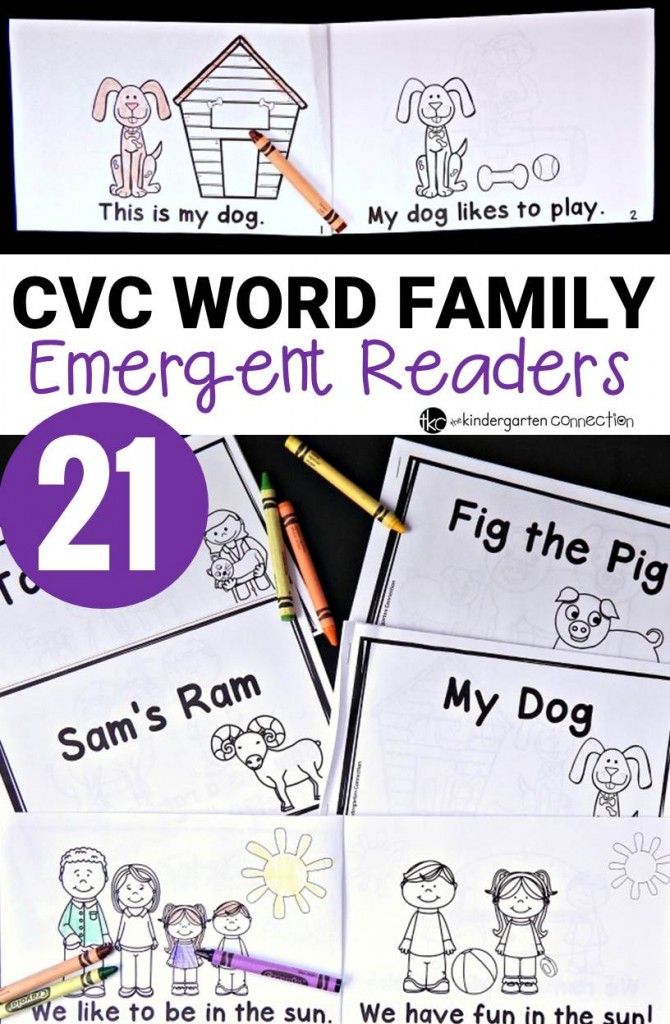 In some questions, it is proposed, based on the analysis of the author's style, to determine the author's tasks or, for example, his attitude to the hero of the story. The ability to comprehend and evaluate the text is especially in demand when reading electronic messages that do not go through all the instances of reviewing and editing adopted in traditional printed publications. Critical analysis of information, of course, is also necessary for the reader of printed texts in order not to become an easy victim of other unscrupulous or overly biased authors.
In some questions, it is proposed, based on the analysis of the author's style, to determine the author's tasks or, for example, his attitude to the hero of the story. The ability to comprehend and evaluate the text is especially in demand when reading electronic messages that do not go through all the instances of reviewing and editing adopted in traditional printed publications. Critical analysis of information, of course, is also necessary for the reader of printed texts in order not to become an easy victim of other unscrupulous or overly biased authors.
Reader's actions associated with the use of information from the text
This group of reader's actions assumes the reader's ability to apply the information presented in the text to solve various educational and cognitive and practical tasks. In addition, this group assumes the active work of the reader in predicting events, further development of the process, subsequent results of the experiment based on the information of the text.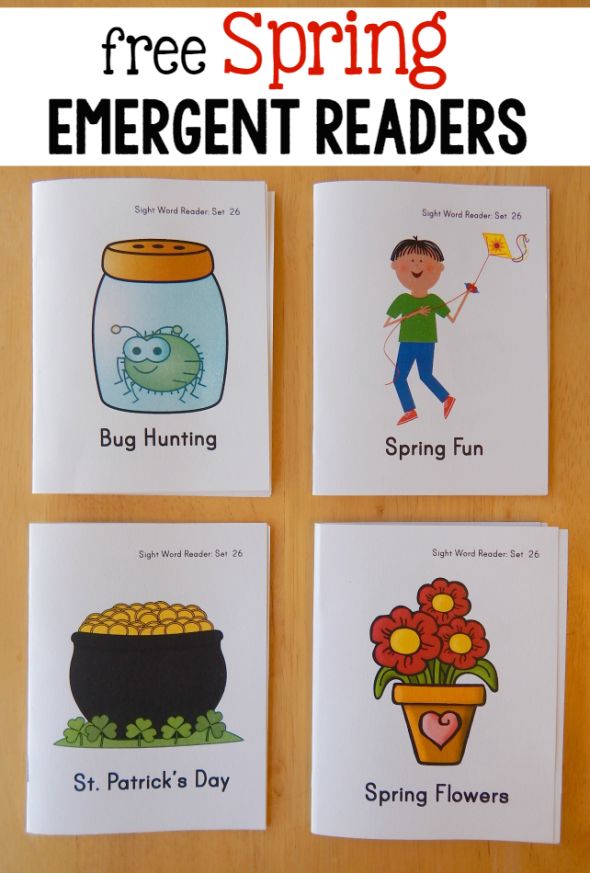 Each of the groups, the characteristics of which were given above, consists of specific skills.
Each of the groups, the characteristics of which were given above, consists of specific skills.
Prepared by RC methodologist E. Alyukova based on the article by G. A. Zuckerman
“Evaluation of reading literacy. Materials for discussion” Center for assessing the quality of education [Electronic resource].
Institute for Education Development Strategy of the Russian Academy of Education
Search result: 1 objects found.
Number of lines: 5101520253050100All
- one. Lanin Boris Alexandrovich
- (Content / Staff / Lanin Boris Alexandrovich)
- ... (Dis)Connections, Copenhagen – Nizhnii Novgorod, 2008, pp. 70-84. (in English)32. ‘Imaginary Russia in Contemporary Russian Dystopia’, in Beyond the Empire: Images of Russia in the Eurasian Cultural ...
Dear colleagues, dear friends! We congratulate you on the national holiday - National Unity Day! This significant day for all shows that the strength of the state lies in a united and independent people with a common historical destiny, common values and a common future.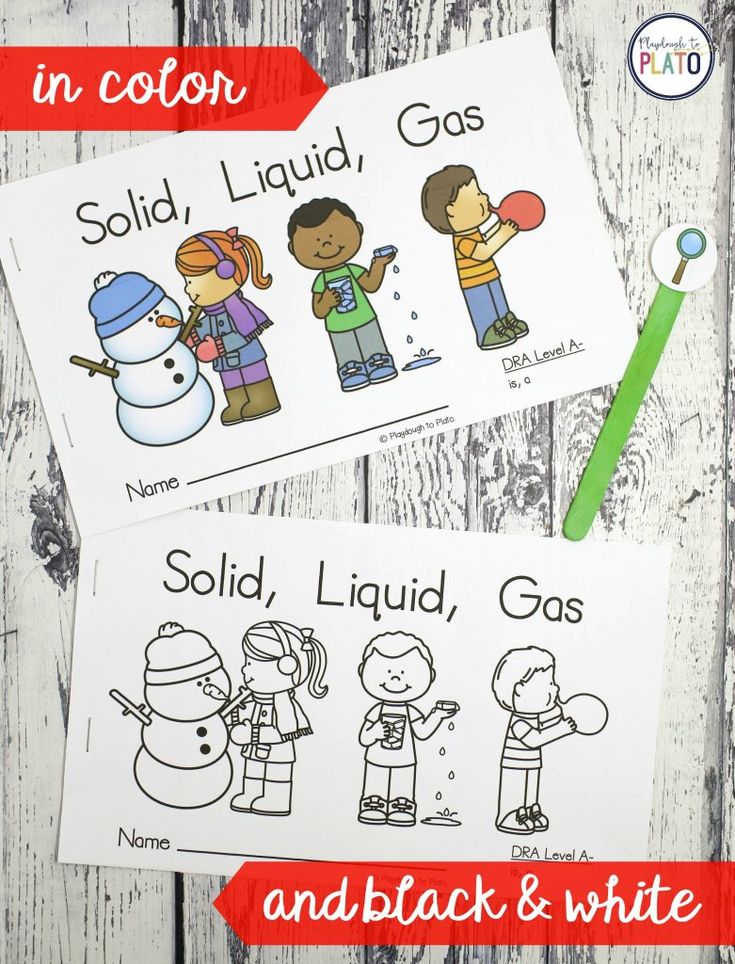 This national holiday...
This national holiday...
On October 28, 2022, the team of the Institute for the Development of Education Strategy of the Russian Academy of Education, headed by director Sukhanova Tatyana Vladimirovna, in order to provide methodological assistance to leaders and teachers of educational organizations of the North Caucasus Federal District in the context of the introduction of updated Federal State Educational...
Dear Irina Mikhailovna! From the entire staff of the Institute, please accept our heartfelt congratulations on a wonderful day - your anniversary! You are an outstanding scholar in the field of didactics. Your works are deservedly included in the golden fund of modern pedagogical science. Major scientific results are of the utmost importance,...
Dear Evgenia Sergeevna! From the entire staff of the Institute, please accept the brightest and kindest congratulations on a wonderful day - your anniversary! Your work activity is related to research in the field of social and humanitarian education.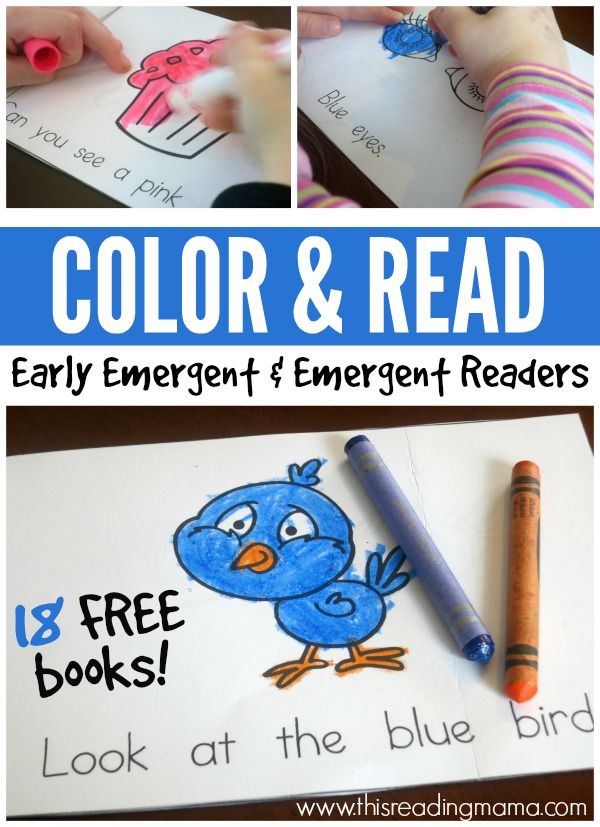 You have made a significant contribution to the study of the ways of forming theo...
You have made a significant contribution to the study of the ways of forming theo...
On the Day of the Lyceum Brotherhood, Mikhail Viktorovich Boguslavsky, Chief Researcher of the Laboratory of Theoretical Pedagogy and Philosophy of Education, Doctor of Pedagogical Sciences, Professor, Corresponding Member of the Russian Academy of Education, Chairman of the Scientific Council on Problems of the History of Education and P...
The All-Russian Scientific and Practical Conference "Linguistic and Literary Education in a Modern Multiethnic School: Ways of Renewal in the 21st Century" (on the occasion of the 85th anniversary of Professor M.V. Cherkezova) was held. The conference was attended by scientists and methodologists, teachers of universities and educational organizations...
Dear Pavel Valentinovich! On behalf of the entire staff of the Institute, we sincerely congratulate you on a wonderful day - your anniversary! You devoted your professional life to a systematic study of the phenomenon of upbringing, developing the ideas laid down by the scientific school "Systemic approach to the upbringing and socialization of children.